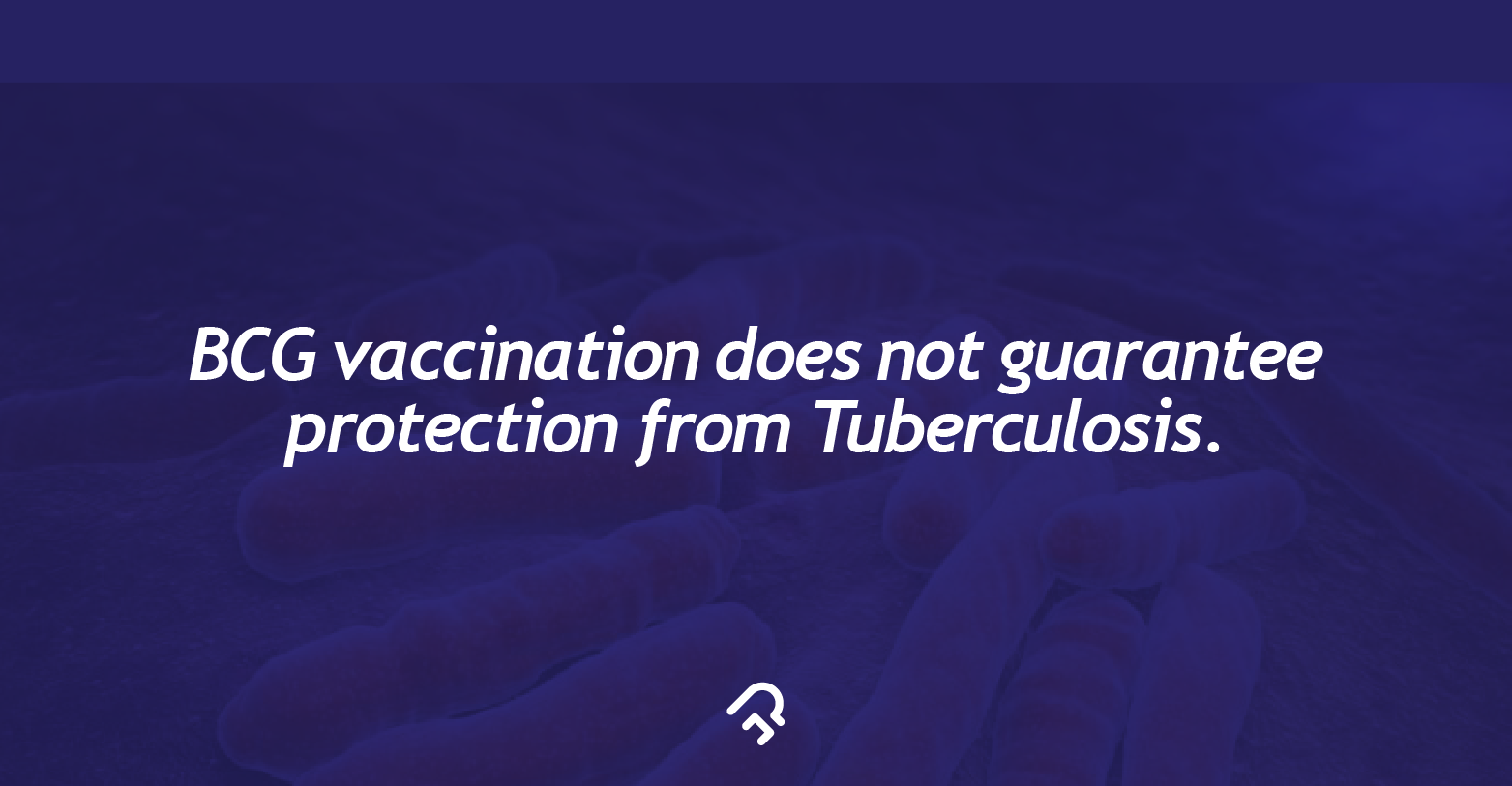5 Myths About Tuberculosis You Need to Know About
By Dr. Vishesh Bharucha +2 more

Get,

to manage your symptom
Get your,


4 Cr+ families
benefitted

OTP sent to 9988776655



You’ve successfully subscribed to receive
doctor-approved tips on
Whatsapp

Get ready to feel your best.

Hi There,
Download the PharmEasy App now!!


Register to Avail the Offer
Send OTPBy continuing, you agree with our Privacy Policy and Terms and Conditions

Hi There,
Sign up on PharmEasy now!!
Trusted by 4 crore+ families

OTP sent to 9988776655



You have unlocked 25% off on medicines




Code: NU25
By Dr. Vishesh Bharucha +2 more
Table of Contents
About one quarter of the world’s population is thought to be infected with Tuberculosis (TB) and with such a huge group of people, widespread Tuberculosis myths are only to be expected1. These misconceptions can lead to delayed diagnoses, fear-driven stigma, and poor treatment outcomes.
In this article, we aim to dispel five of the most common myths associated with tuberculosis, using evidence-based information to promote greater awareness, understanding, and public health literacy.

Fact: Tuberculosis can be contracted by anyone, although certain populations, such as people with comorbidities like diabetes, people with reduced immunity, malnourished people, and people who smoke/drink, are at a greater risk2. Individuals in contact with these people are also at risk.
Contrary to the popular myth that Tuberculosis is lifelong, tuberculosis can be cured with the right treatment, although it depends on drug-susceptibility, adherence, and host factors. ATT (Anti tubercular therapy) is a highly effective way to treat this bacterial infection, which is infact available free of cost by Government of INDIA under the NTEP (National TB Elimination Program). The usual treatment for TB involves a combination of several antibiotics, which need to be taken consistently for a minimum of 6 months.
Fact: A person can be infected with TB bacteria for years without suffering any ill effects. Perhaps 90 percent of all TB infections remain asymptomatic3. Immunocompromised patients (HIV, immunosuppressive therapy, diabetes, malnutrition) are at higher risk, but not every latent TB infection necessarily reactivates and shows symptoms.
If patients are not cured or follow inadequate/irregular treatment and their disease becomes resistant, they then must take second-line drugs. These drugs are administered when first-line drugs fail. Treatment for MDR-TB is commonly administered for 2 years or longer and involves daily injections for six months.
Fact: The BCG vaccine (a weakened live strain of Mycobacterium bovis) is primarily used to protect children from severe forms of TB, such as miliary or meningeal tuberculosis. It may provide variable protection against pulmonary TB in adults, depending on geographic region and exposure, but this protection is not consistent4. In the U.S., universal BCG vaccination is not practiced due to the low incidence of TB and potential interference with tuberculin skin testing, though it may be used in select high-risk individuals, such as children with unavoidable exposure or for certain healthcare workers.
Tuberculosis may also impact the gastrointestinal tract, most common features are fever and abdominal pain that is often relieved by defecation or vomiting.
Fact: Everyone who is infected with Human Immunodeficiency Virus and has TB has to take ARVs5. The timing of ARV initiation depends on the CD4 count and clinical condition6,7.
Patients with undiagnosed TB who start antiretroviral therapy (ARVs) may develop TB-IRIS (Immune Reconstitution Inflammatory Syndrome), in which the immune system mounts an exaggerated response to existing TB antigens. This can make TB appear clinically worse, but it does not indicate treatment failure. Proper screening for TB in HIV patients before starting ARVs is therefore essential8.
While active TB infection does not directly increase the risk of lung cancer, healed TB with residual scarring (scar carcinoma) is associated with a slightly higher risk, particularly for a type of lung carcinoma that is adenocarcinoma, due to chronic scarring and inflammation9. Other major risk factors for lung cancer include smoking (cigarettes, cigars, pipes), passive smoke exposure, occupational exposures (asbestos, silica, radon, diesel exhaust), genetic susceptibility, radiation exposure, and chronic lung diseases such as COPD10.
By dispelling these five widespread misconceptions, we intend to clarify the reality of tuberculosis (TB). With the correct information and medical attention, TB is preventable, treatable, and curable. The global endeavour to eradicate tuberculosis must include promoting early detection, combating stigma, and raising awareness. Let’s use the truth to strengthen our communities and dispel fear.
Disclaimer: The information provided here is for educational/awareness purposes only and is not intended to be a substitute for medical treatment by a healthcare professional and should not be relied upon to diagnose or treat any medical condition. The reader should consult a registered medical practitioner to determine the appropriateness of the information and before consuming any medication. PharmEasy does not provide any guarantee or warranty (express or implied) regarding the accuracy, adequacy, completeness, legality, reliability or usefulness of the information; and disclaims any liability arising thereof.
Links and product recommendations in the information provided here are advertisements of third-party products available on the website. PharmEasy does not make any representation on the accuracy or suitability of such products/services. Advertisements do not influence the editorial decisions or content. The information in this blog is subject to change without notice. The authors and administrators reserve the right to modify, add, or remove content without notification. It is your responsibility to review this disclaimer regularly for any changes.
Comments

Leave your comment...
You may also like
Comments